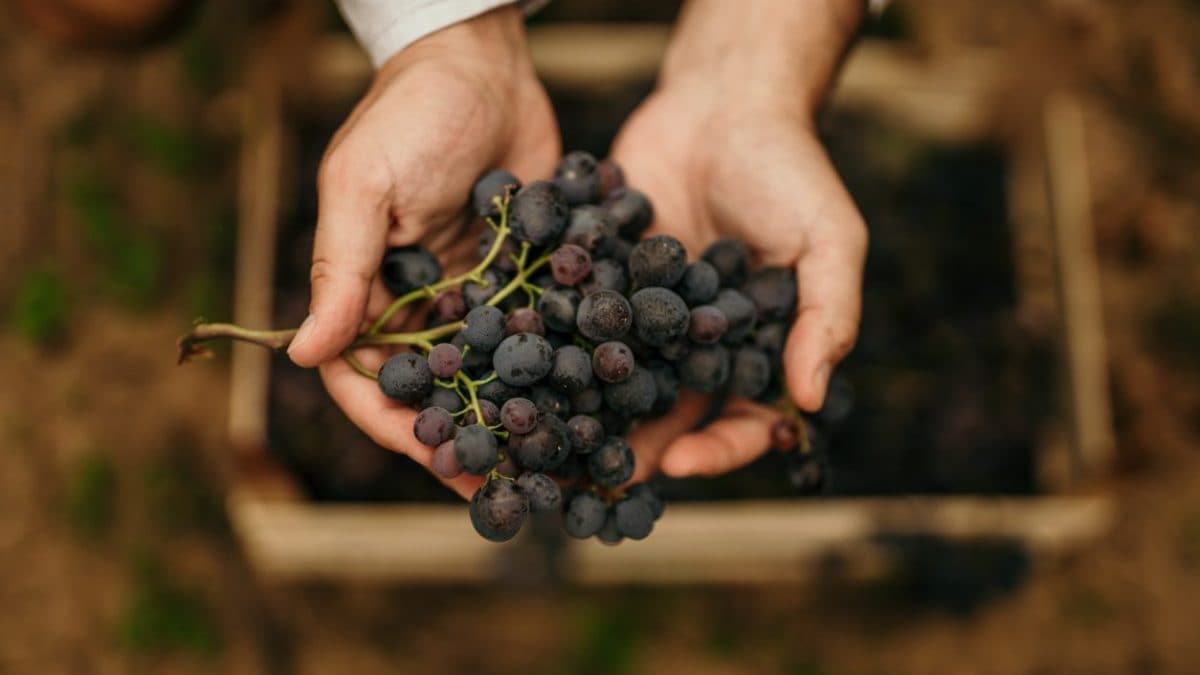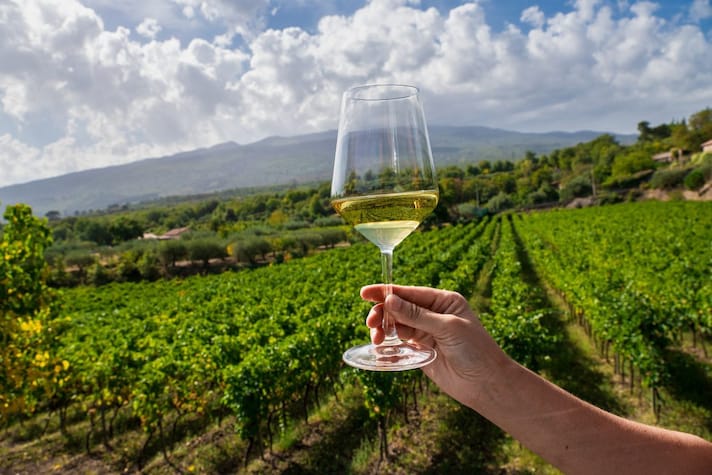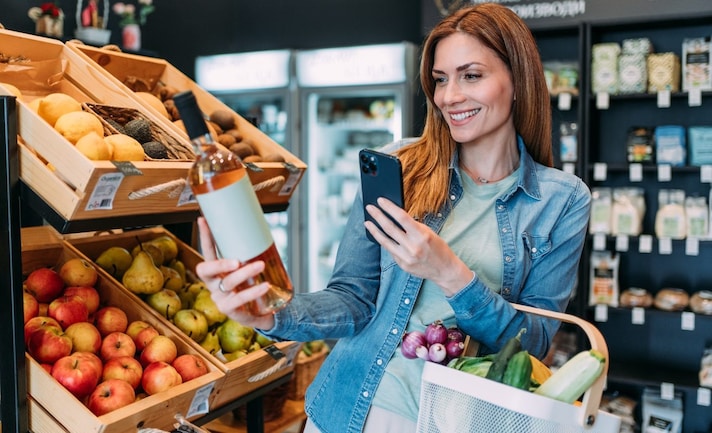
In the world of wine, a focus on sustainability has become a compass guiding producers and consumers towards more informed choices. We all agree that a wine must, above all, be good and enjoyable, but environmental awareness is increasingly central. But what does "sustainable wine" really mean? And how can we recognize a bottle that respects the environment and people, without falling for the deceptions of greenwashing? Sustainability in the wine sector goes far beyond simply reducing environmental impact.
It is a holistic approach that encompasses three fundamental dimensions: environmental, social, and economic sustainability. The first involves protecting soil, water, biodiversity, and reducing CO2 emissions. Social sustainability concerns respect for workers' rights, fair wages, and the valorization of local communities. Finally, economic sustainability translates into the creation of lasting value for the company and the region. Let's see together how to determine whether a wine is truly sustainable or not.
What is Integrated Viticulture and How to Choose a "Sustainable" Bottle?
Integrated viticulture represents a virtuous model that aims to reduce the use of chemicals, favoring natural cultivation techniques that respect the ecosystem. This approach, rooted in ancient farming traditions, uses modern technologies to monitor and manage resources efficiently. Despite what some may say, it is not a simple alternative to conventional or organic agriculture, but a complex and dynamic system that adapts to the specific needs of each vineyard.

According to a Decanter survey, more and more producers are adopting regenerative agricultural practices , an advanced form of sustainable viticulture that aims to improve soil health through techniques such as cover cropping, reduced plowing, and the use of organic fertilizers. This approach not only preserves biodiversity but also helps sequester carbon in the soil, reducing CO2 emissions. Some of the most renowned French and Californian producers are investing in this methodology to make their businesses not only sustainable but also carbon-negative (producing more energy than they consume). According to the Financial Times, a key element in the transition to a sustainable wine industry is the use of advanced technologies to monitor and optimize production.
Artificial intelligence and data analytics systems are being used to predict the onset of diseases in vines, allowing for targeted interventions and reducing the use of pesticides. In prestigious wine regions such as Bordeaux and Napa Valley, many companies are already implementing these technologies to improve efficiency and reduce waste. The energy used for wine production also plays a fundamental role in the drive for sustainability. Many wineries are investing heavily in renewable energy sources and energy-saving systems, such as rainwater reuse and the use of low-impact materials. The very design of wineries influences eco-sustainability: underground cellars, for example, are able to naturally maintain optimal temperatures and humidity, reducing energy consumption by up to 70% compared to above-ground structures. Another very important aspect is packaging: in the future, we will have increasingly lighter glass bottles, paper packaging, and even cans that are easier to recycle and have a lower impact on transportation. Even corks are changing, given that cork is already highly sustainable, but many companies are integrating new solutions with plant-based polymers and recycled materials.

To choose a truly sustainable bottle, the best thing to do is to get to know the wineries, because only with knowledge can you access a wealth of information otherwise unavailable on the label. Beyond certifications, producer transparency can also provide important insights. Many companies openly communicate their sustainable initiatives through their websites or directly on the bottle labels. However, there are some precautions you can take note of.
In the United States, ensuring that a bottle of wine is truly sustainable involves several certifications and industry-led initiatives that span the entire production process—from vineyard to bottle. One of the most recognized programs is Certified California Sustainable Winegrowing (CCSW), which evaluates wineries on over 100 criteria, including water and energy use, waste management, and social responsibility. Wineries that meet these rigorous standards can display the CCSW logo on their bottles, signaling their commitment to environmentally and socially responsible practices. Additionally, certifications like LIVE (Low Input Viticulture and Enology) in Oregon, SIP (Sustainability in Practice) in California, and Salmon-Safe highlight region-specific efforts to protect natural resources and promote biodiversity. These certifications often involve third-party audits and public reporting, offering transparency and trust to consumers. Many sustainable wine bottles in the U.S. now feature QR codes or links that lead to dedicated web pages where consumers can learn more about the winery’s sustainability practices, making it easier than ever to make informed, eco-conscious choices when selecting wine.
;Resize,width=767;)
